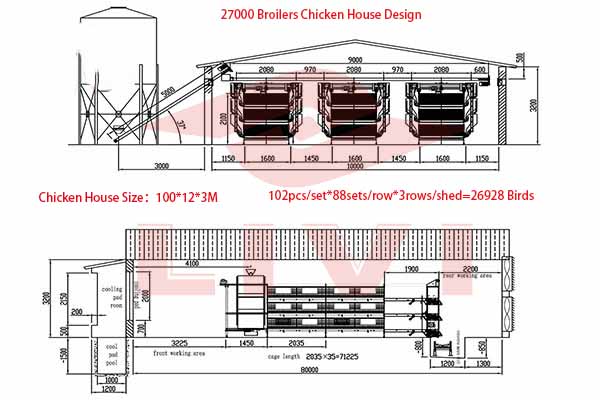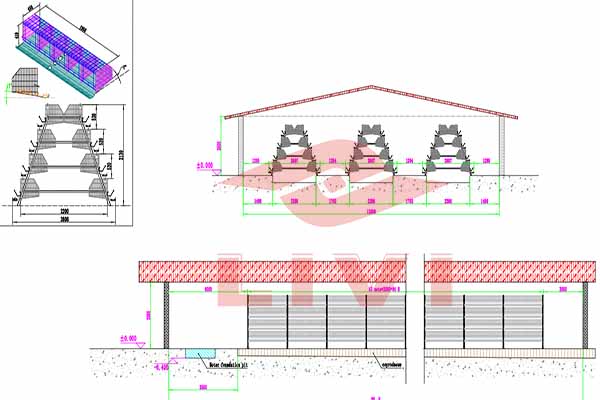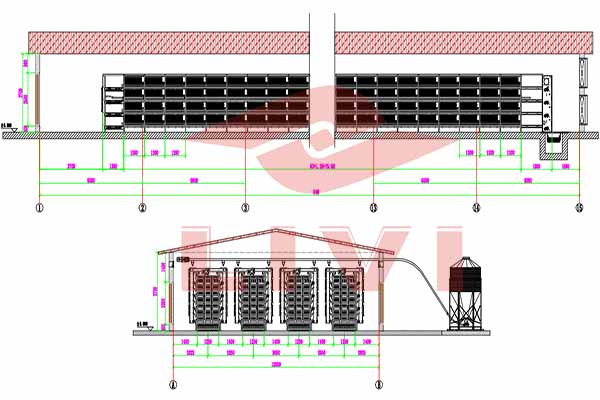Building a Successful Chicken Farm in Kenya: Key Considerations
Kenya’s poultry industry is rapidly growing, and with the right strategies, setting up a successful chicken farm can be a profitable venture. This article will guide you through the essential steps and considerations for building a successful chicken farm in Kenya, including equipment, automation, and cost-effective practices.
1. Market Research and Feasibility Study
Before starting your chicken farm, it’s crucial to conduct thorough market research to understand the demand for poultry products in your area. Analyze the competition, identify your target market, and estimate the initial investment required.
2. Choosing the Right Location
The location of your chicken farm is critical. Look for a site that is accessible to your market, close to suppliers, and with suitable infrastructure like water and electricity. Consider the climate, as it can significantly impact your farming operations.
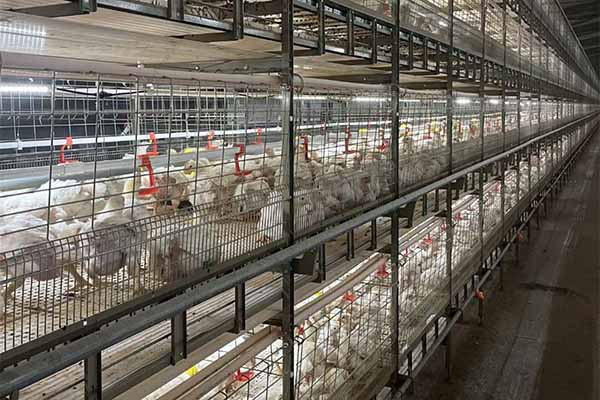
3. Poultry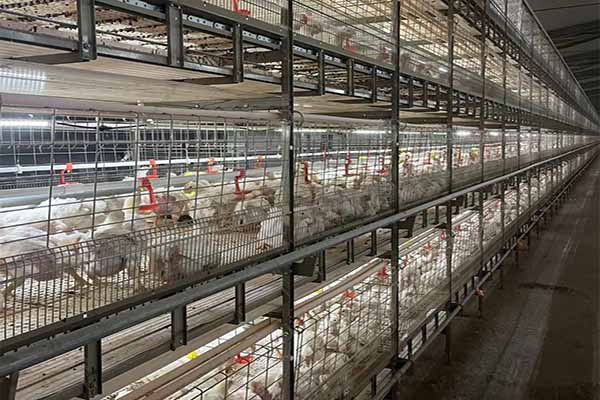 Farming Equipment
Farming Equipment
Investing in quality poultry farming equipment is essential for efficient operations. Here are some key equipment to consider:
- Brooder Houses: To hatch and raise chicks until they are ready for the laying or grow-out houses.
- Laying Houses: For mature hens to lay eggs in a comfortable environment.
- Grow-out Houses: For raising chicks to market weight.
- Feeding Systems: Automated feeders to ensure consistent nutrition.
- Water Systems: Automatic watering systems to maintain hydration.
- Automated Chicken Cages: For egg collection and to protect birds from predators.
4. Automation and Efficiency
Automation can significantly improve the efficiency of your chicken farm. Automated systems for feeding, watering, and collecting eggs can reduce labor costs and increase productivity. Consider the following:
- Automated Chicken Cages: Provide better control over the birds’ environment, reducing stress and improving egg quality.
- Climate Control Systems: Maintain optimal temperatures and humidity levels.
- Monitoring Systems: Real-time monitoring of the farm’s operations to ensure everything runs smoothly.
5. Biosecurity and Health Management
Biosecurity is vital to prevent disease outbreaks that can devastate your flock. Implement strict biosecurity protocols, such as:
- Regular sanitization of equipment and facilities.
- Proper waste management.
- Limiting access to the farm.
- Regular veterinary check-ups.
6. Financial Planning
Develop a comprehensive financial plan that includes startup costs, operational expenses, revenue projections, and exit strategies. Consider factors like feed costs, labor, and unexpected expenses.
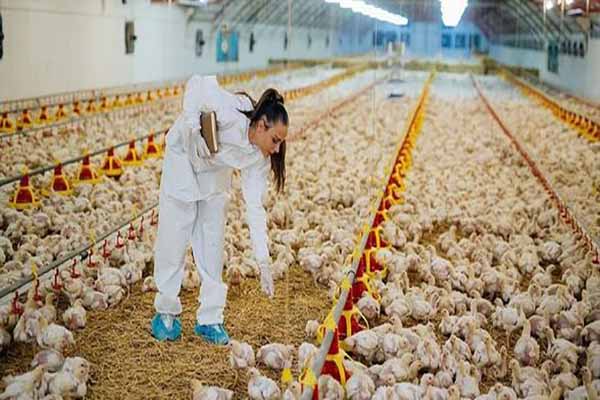
Table: Estimated Costs for Setting Up a Chicken Farm
| Category | Cost (USD) |
|---|---|
| Brooder Houses | 10,000 |
| Laying Houses | 15,000 |
| Grow-out Houses | 20,000 |
| Feeding Systems | 5,000 |
| Water Systems | 3,000 |
| Automated Chicken Cages | 12,000 |
| Total | 55,000 |
By following these steps and considerations, you can increase your chances of building a successful chicken farm in Kenya. For more detailed information and free design plans, please leave a comment below or contact us at LIVI Machinery. We’re here to help you get started on your poultry farming journey.


